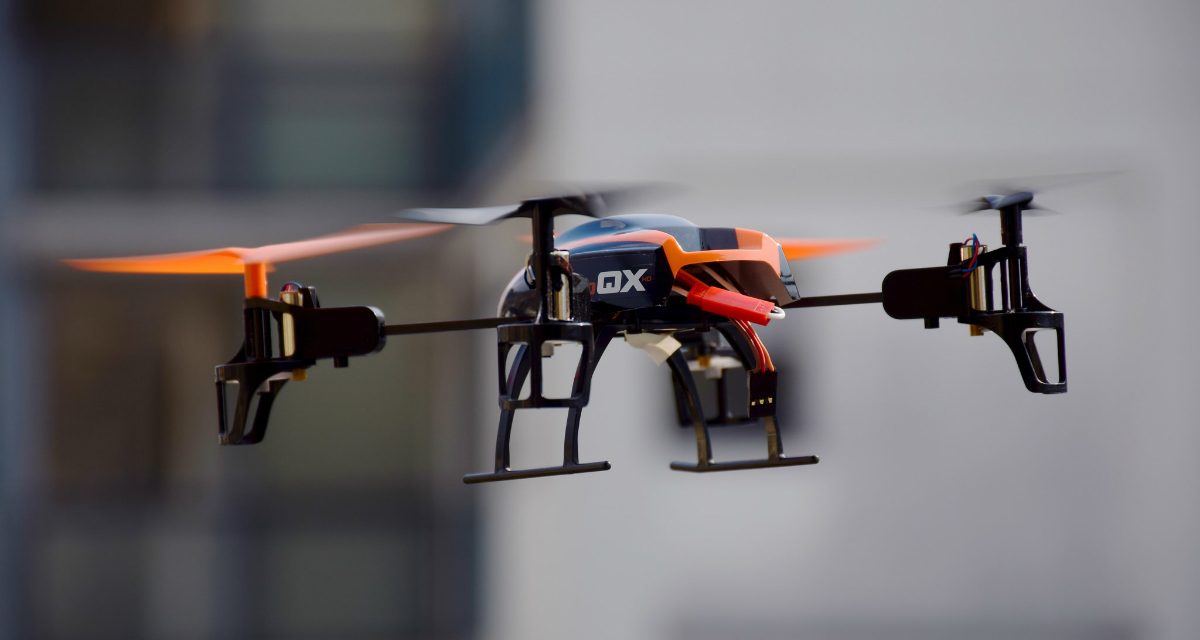For the first time since the Korean War, the U.S. military has to worry about enemy bombs dropping on them in combat.
This threat doesn’t come from multibillion-dollar next-generation aircraft dropping precision-guided bombs on open battlefields. Instead, it comes from cheap, commercial drones dropping low-tech explosives during urban battles. To take back the initiative, the Army should deploy current drone technologies to empower soldiers to address some of the fundamental challenges of urban warfare.
The range of challenges in urban environments is broad. It includes looting, civil disturbances, insurgences, and other levels of conflict where military forces may be sent to conduct stability operations, such as counterterrorism, counterinsurgencies and peacekeeping. For the most part, these are the types of urban operations the U.S. military conducted in Iraq from 2005 to 2010.
On the other end of the spectrum is higher intensity urban warfare where enemy forces control most of the environment and military forces must fight to retake a city. These are the destructive battles seen in the past like Stalingrad, Manila, Hue and Fallujah. It is also what we have seen in battles within Syria and Iraq in the last five years, such as those in Aleppo, Raqqa and Mosul.
Image credit: DroneOmega.com



My next question would be how do you allow PL's and above to properly operate these systems in urban environments where there are civilians around. I would assume that some PL's will be inherently more likely engage the enemy in heavily populated areas. Therefore increasing the causality rate within the civilian population, thus hurting the relations.
"Slaughterbots" is a chilling video. A gun, cannon, tank, or drone is simply a technological tool. Technology has no ethics, no rules. It is simply technology. It's use or misuse is governed by who uses it. If we develop technology that essentially makes one person hold the power of life and death over thousands at the simple push of a few buttons, then we fall into the abyss of easy tyranny. At that point, our only saving grace may be to set off some giant world-wide EMP and send us back into the 19th century. Chilling…..